
James Byrne, marketing manager, PML Group with this week’s Out \ Look on Out of Home
Campaigns are seven times more impactful among a receptive audience, so knowing where people are most receptive towards your ads is key to media planning.
In-person advertising is making a big splash in 2024, with Outdoor channels, both traditional and digital, making the top 5 of 22 most preferred ad platforms.
Breaking down preferences by media channel, Digital OOH (DOOH) topped the ranking for marketers, followed by sponsored events, online video, Classic OOH and ecommerce.
The findings are included in Kantar’s Media Reactions 2024 report, an annual study exploring the evolving media landscape. The study is based on interviews with c.18,000 consumers in 27 markets and 1,000 senior marketers globally.

In terms of generations, Point of Sale ads appear in the top five media of the four primary age groupings. Out of Home is also very much in favour across the board being popular with both Gen Z and Bomers while Millennials (Gen Y) and Gen X rank DOOH highly. The results table confirms that when it comes to advertising, consumers prefer in-person media channels that cause the least interruption to their lives.
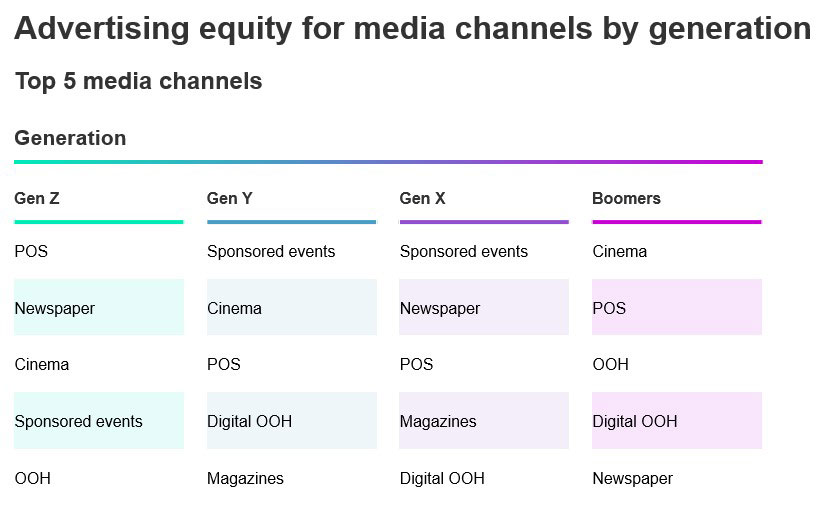
Point-of-sale ads the consumer favourite
An ad environment – which encompasses everything from the platform to the channel on which the ad is placed – is a key factor for any marketer to consider when planning media investment and potential ROI.
The most preferred media channel among consumers is Point of Sale (POS) ads, taking the crown away from sponsored events. POS ads are seen as particularly relevant, useful and trustworthy. They also capture consumers’ attention more than the average ad. POS ads help marketers predispose consumers to their brands and are an indicator that the brand is more present, another brand growth accelerator. Brand growth requires active, intentional presence.
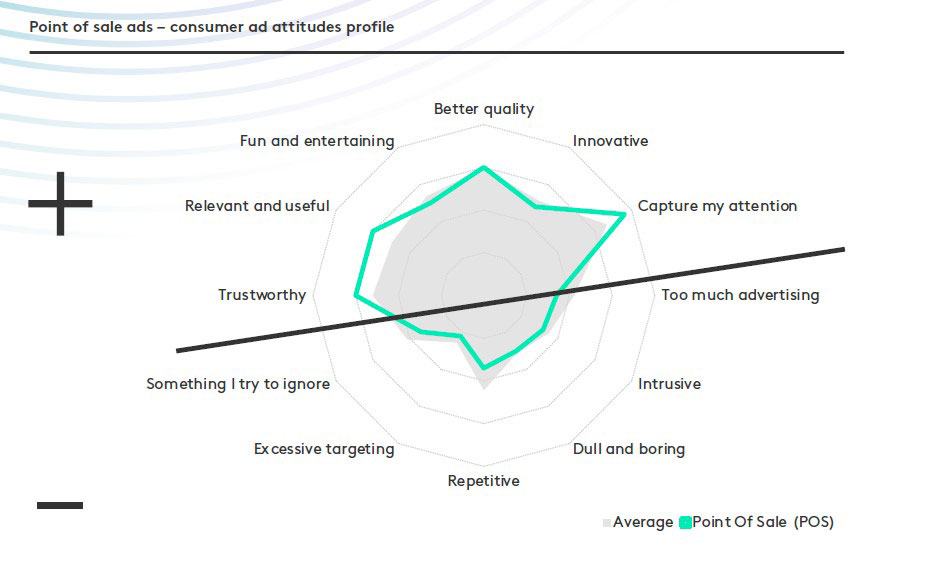
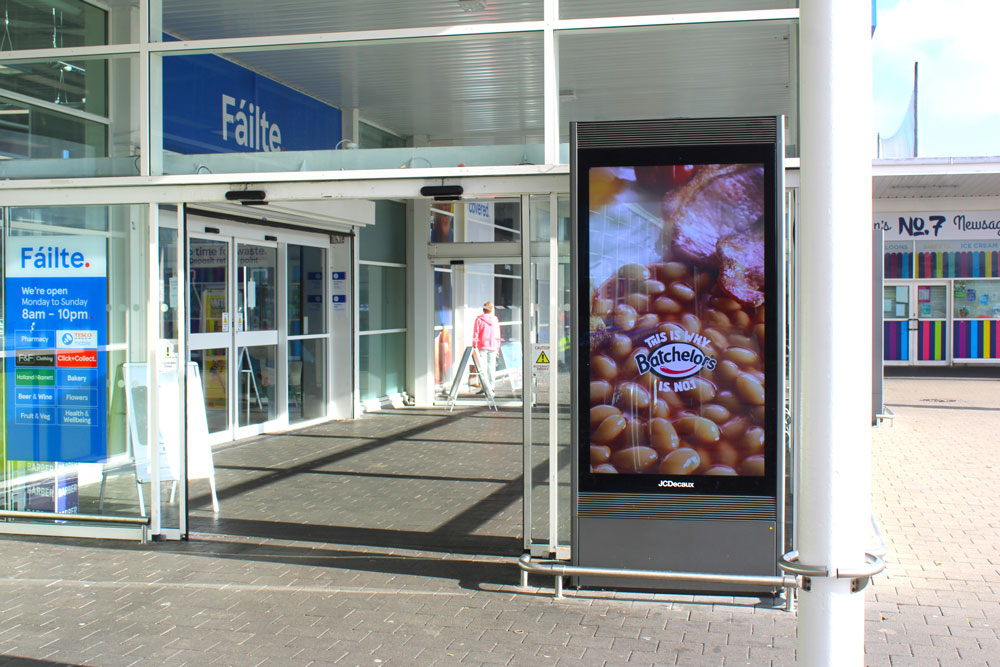
The media landscape is fragmented, and changes quickly. Ad preference and exposure time are important factors to consider while making media decisions, Consumers prefer in-person media channels and are more receptive to particular media channels including point of sale along with Classic and Digital OOH. This, aligned with scale of exposure magnifies the attention capabilities of OOH.
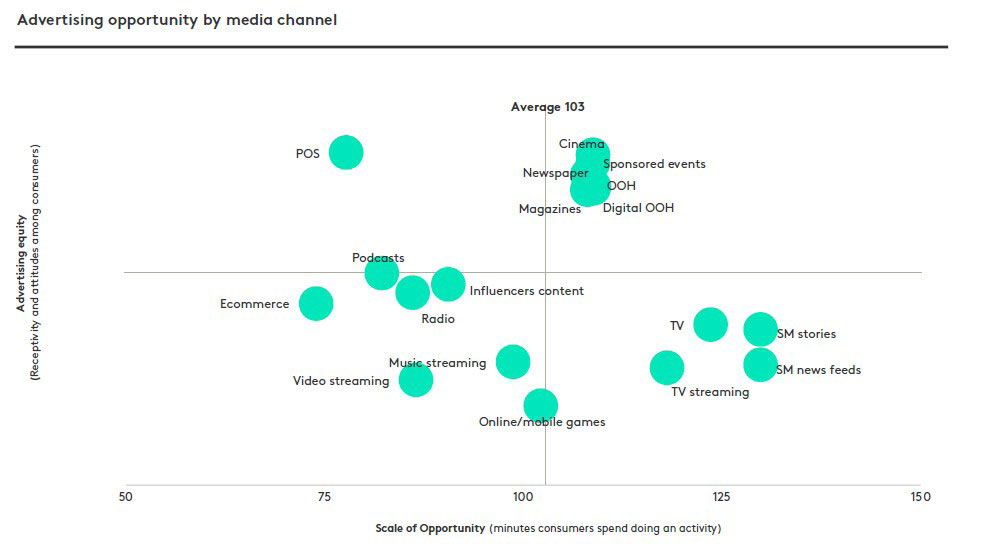
People Love Going Out
So we know that consumers prefer sociable over social media. But the question is why? Both Classic and Digital Out of Home index highly for positive traits particularly in terms of attention and trust while on the other hand not being negatively perceived as either repetitive or boring. Digital OOH is perceived as one of the most innovative channels out there.
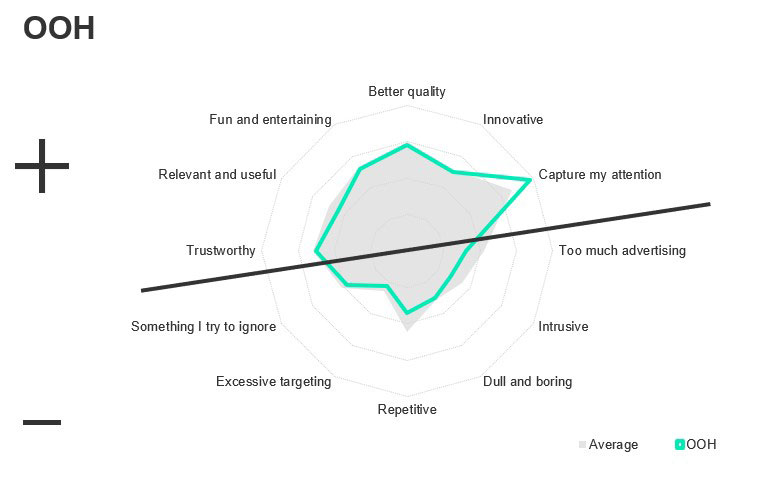
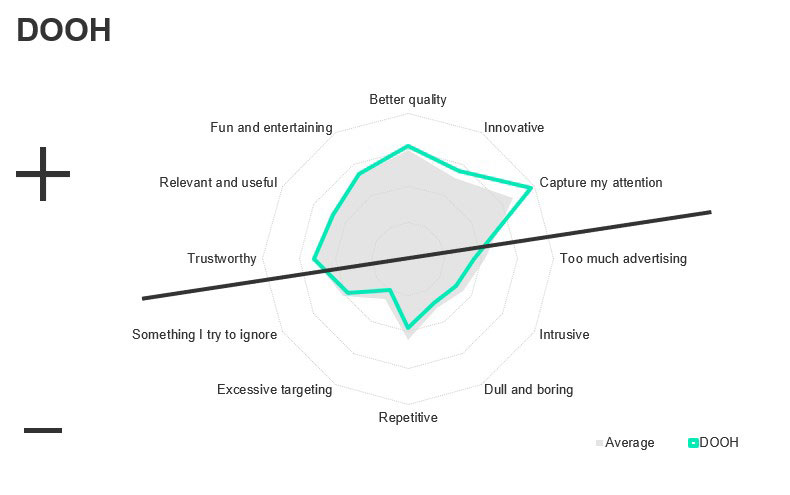
Compelling OOH displays can stand out, draw the eye and fill ‘dead time’ when consumers are more receptive to outside messaging. OOH can intercept consumers. cutting through the noise and earn attention and brand saliency, as they live, work and play in the real world.
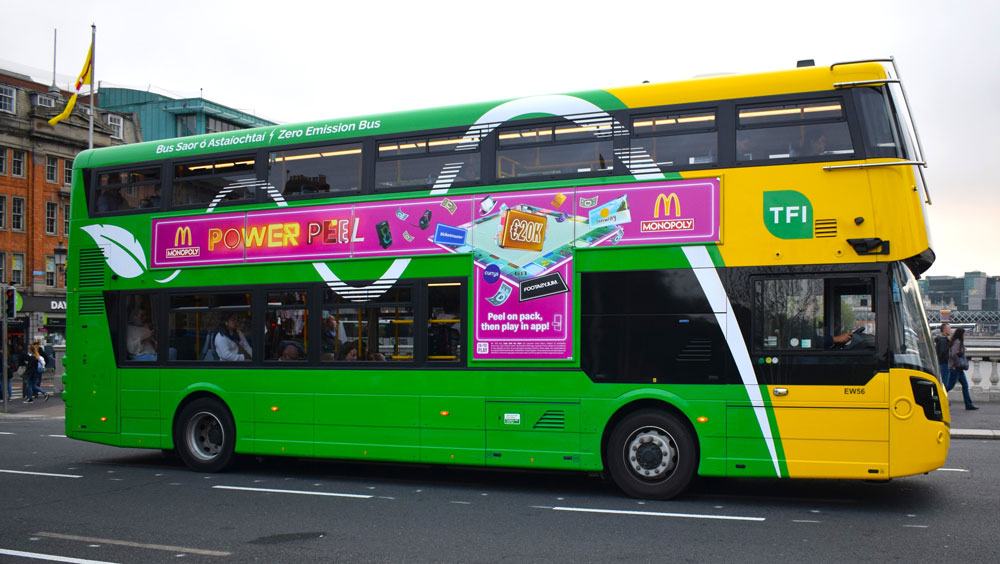
Repak ‘Comes Clean’ on Recycling

Repak is once again live on Outdoor this cycle as part of its latest cross-media campaign encouraging the public to properly prepare packaging for recycling.
Developed by The Brill Building and planned by Zenith/Source OOH, the ‘The Most Sorted’ calls on businesses and the public to reduce the amount of packaging that goes to waste by sending material ‘clean, dry and loose’ to recycling.
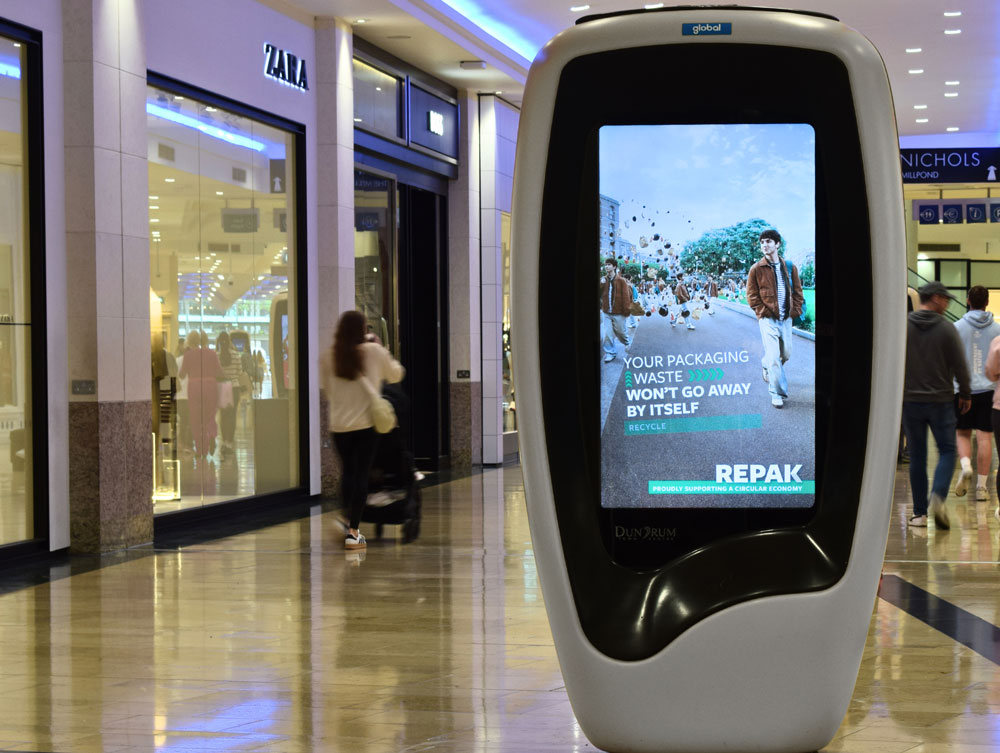
The message is reaching sustainably conscious consumers on Outdoor this cycle as part of the wider multimedia campaign, live across 48 Sheets, Digital Galleries, Bus Shelters, Adshel, and Mall Digital networks such as iVision, dPods, and Adshel Live Retail.
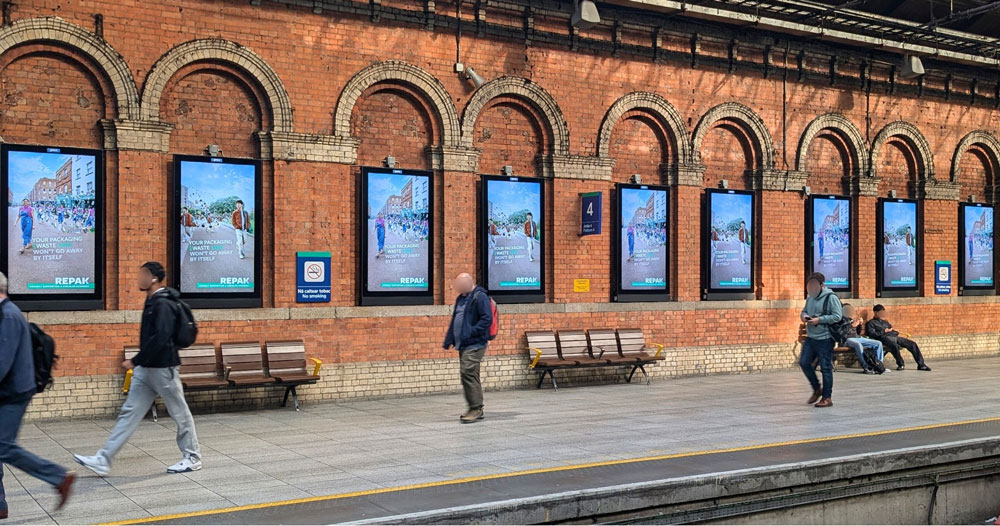
Seeking to transform Ireland’s recycling habits by educating the public on how to properly prepare packaging for recycling, the campaign aims to motivate the public to recycle more of their packaging and to do it correctly. Repak figures show if more of Ireland’s packaging was disposed of in this way, it could divert half a million tonnes to recycling.


The timing of this campaign is especially pertinent as our recent IMPACT Attention study revealed that 84% of people find OOH to be a highly effective medium for communicating sustainability messages. Additionally, 73% of respondents said they pay closer attention to brands that actively promote sustainability in their advertising.
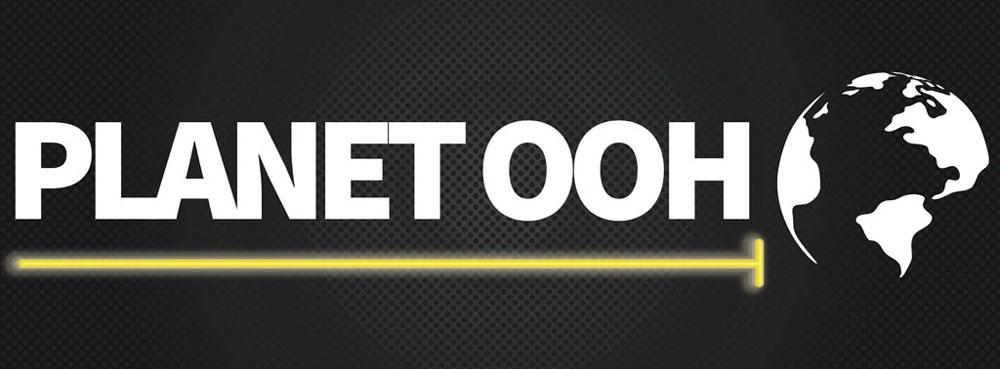
Smarty Introduces Flexibility in More Ways Than One
UK-based mobile network Smarty has installed a ‘twisted’ special build at London’s Waterloo station that embodies the company’s ethos of flexibility.
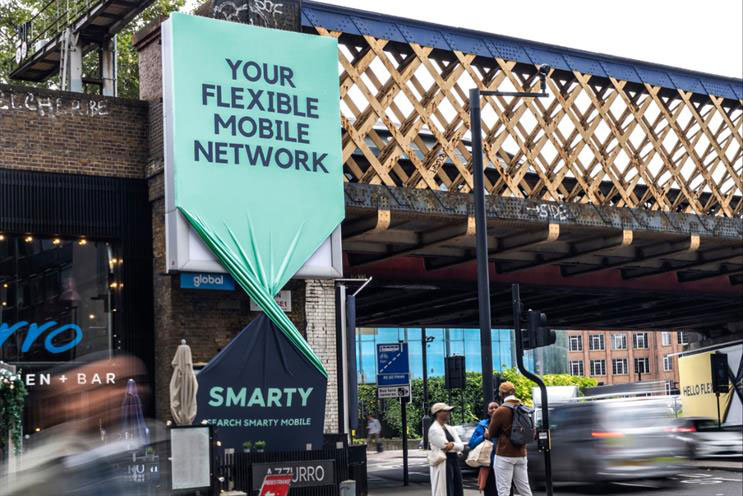
Planned by Zenith UK and designed by The Gate, the Three network subsidiary creatively brings to life Smarty’s no-strings-attached plans which seek to “disrupt perceptions of rigidity” associated with the UK mobile network sector.
The campaign features both 2D and 3D elements, transforming a traditional bus stop into a flexible, stretchable structure that mirrors the brand’s offering. Commuters passing through the busy station are greeted by a visual metaphor for Smarty’s adaptable, user-friendly plans. Following its stint at Waterloo, the installation will travel to Manchester’s Piccadilly Gardens, ensuring that the campaign garners national attention.
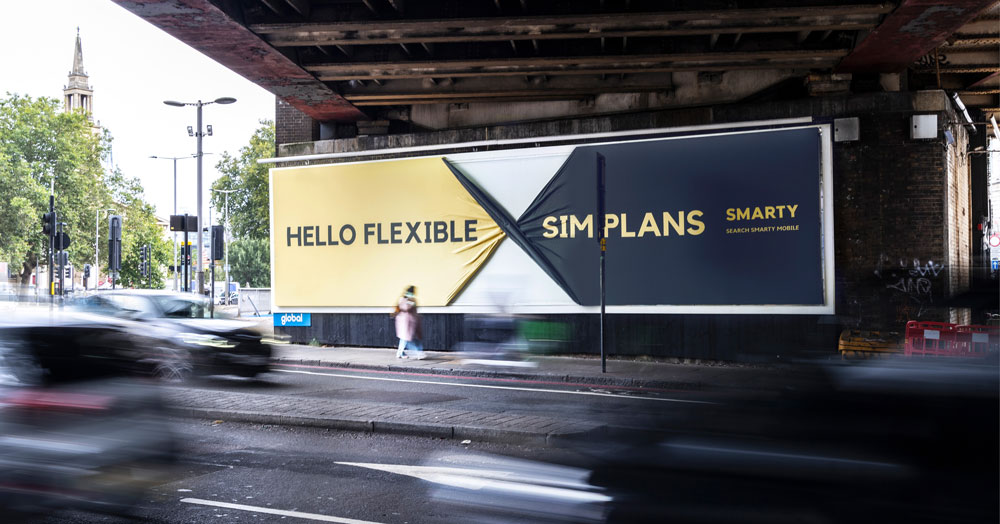
As part of its wider campaign, Smarty is also rolling out stretchable banners at key locations across the UK.





















